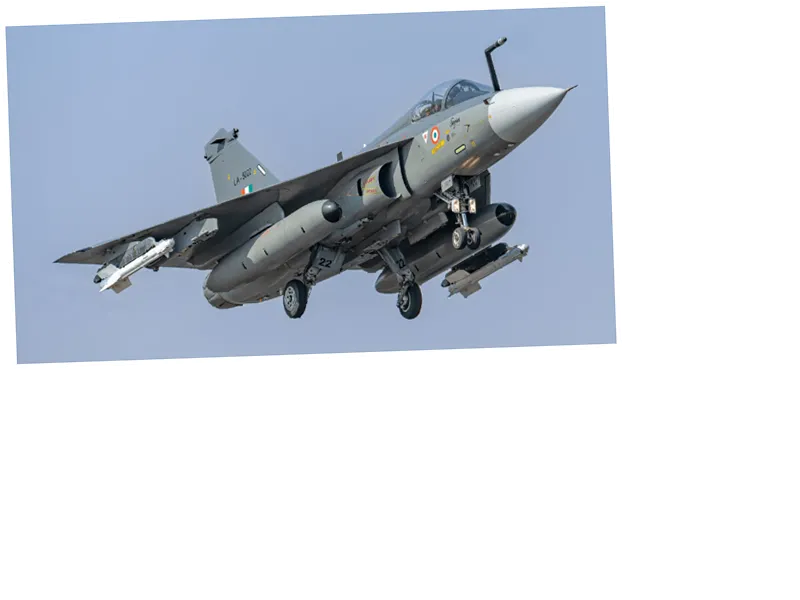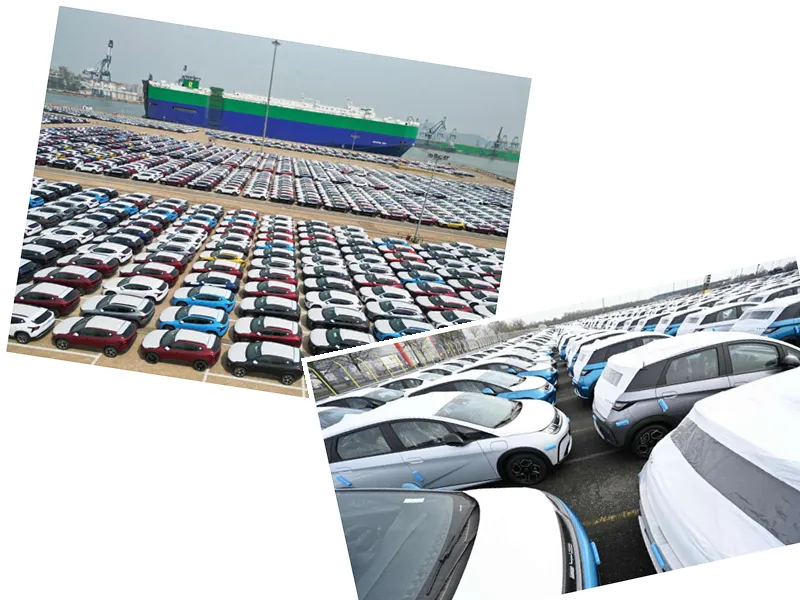India's Ambitious Leap into Arms Manufacturing
India is poised to make a significant entry into the global arms manufacturing and export market, driven by its historical experiences and current geopolitical dynamics. The journey began with the HF-24 Marut jet fighter in the 1960s, which highlighted the challenges of relying on foreign technologies and components. Despite initial failures, India's commitment to establishing a robust defense industrial base has grown stronger over the decades, especially in light of regional threats from China and Pakistan.
The Make in India Initiative
Launched in 2014, the Make in India initiative aims to bolster domestic defense production and reduce reliance on imports. This initiative seeks to enhance India's technological capabilities and promote local manufacturing. Notably, India has been the world's largest arms importer since 2010, with a defense budget projected to reach $220 billion over the next decade. Recent reports indicate that India's defense exports have surged to an all-time high of $1.94 billion in 2023, with ambitions to reach $5 billion by 2025. The country has successfully exported various defense products, including bullet-proof vests and missiles, to multiple nations.
Challenges and Future Prospects
Despite the progress, India faces challenges in localizing advanced defense technologies. The failure of the indigenous Kaveri engine for the Tejas fighter jet underscores the ongoing technological gaps. Experts suggest that to sustain and grow its defense exports, India must secure major contracts for large defense platforms. Furthermore, the geopolitical landscape, particularly the relationship with Russia and the growing ties with the United States, will play a crucial role in shaping India's defense industrial future. As India navigates these complexities, its ambition to become a major player in the global arms market remains a key focus.
Keywords: India arms manufacturing, defense exports, Make in India, geopolitical dynamics, Tejas fighter jet, military technology, defense budget, global arms market, indigenous production.





